Review: Second Front by Mirco Prose

By Mitch Reed
Recently I had to spend some time recuperating at home from “cave cough” which is prevalent in our West Virginia mountain bunker. This gave me the chance to check out the new release from Micro Prose called Second Front. I had the game on my wish list since the first news of the game came out well over a year ago. I was able to spend a good amount of time on the game and discovered how much fun it was.
Many years ago I was a massive fan of the tactical wargame Battle Academy (BA) from Matrix games. The game was one of the few real wargames that were available for the iPad and I played the heck out of it. Many felt the game was too much like a comic book (see picture below), but the appeal of the game was its sound engine, great visuals and the deep library with many fan-developed mods. The game was tactically challenging and the campaigns were terrific, I still think the Market-Garden campaign and the Arnhem Bridge battle were excellent.

However, as the iPad upgraded its OS, the game was no longer playable on the iPad (I kept an old iPad with the game on it). Since then I longed for a game with a similar feel and flavor.
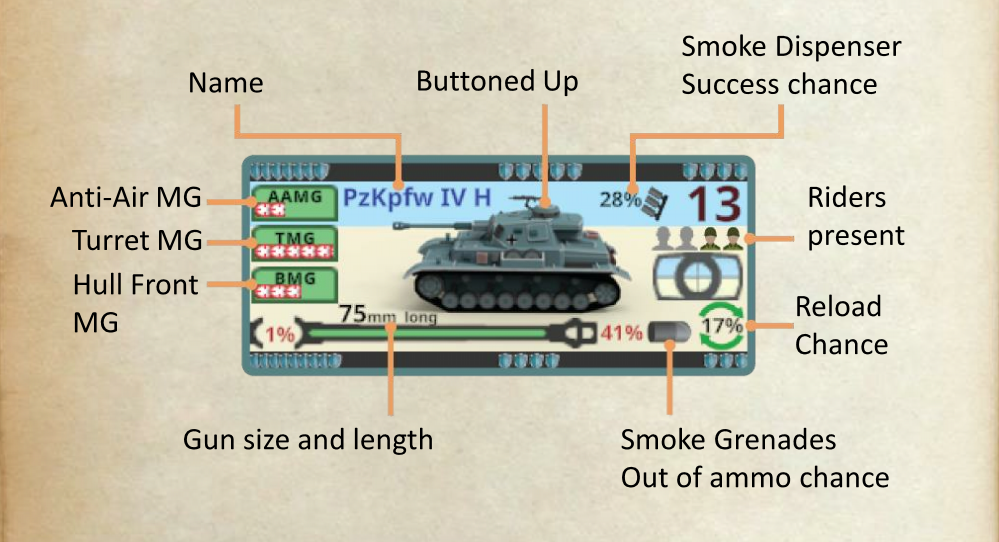
When I first saw Second Front (SF), I was reminded of the hours I spent playing BA. The graphics were also a bit like a cartoon, and I wondered if the game was a good tactical game like BA or another miss like we have seen over the years. Like many die-hard PC game grogs I wanted an easy-to-play tactical game that was challenging and fun.
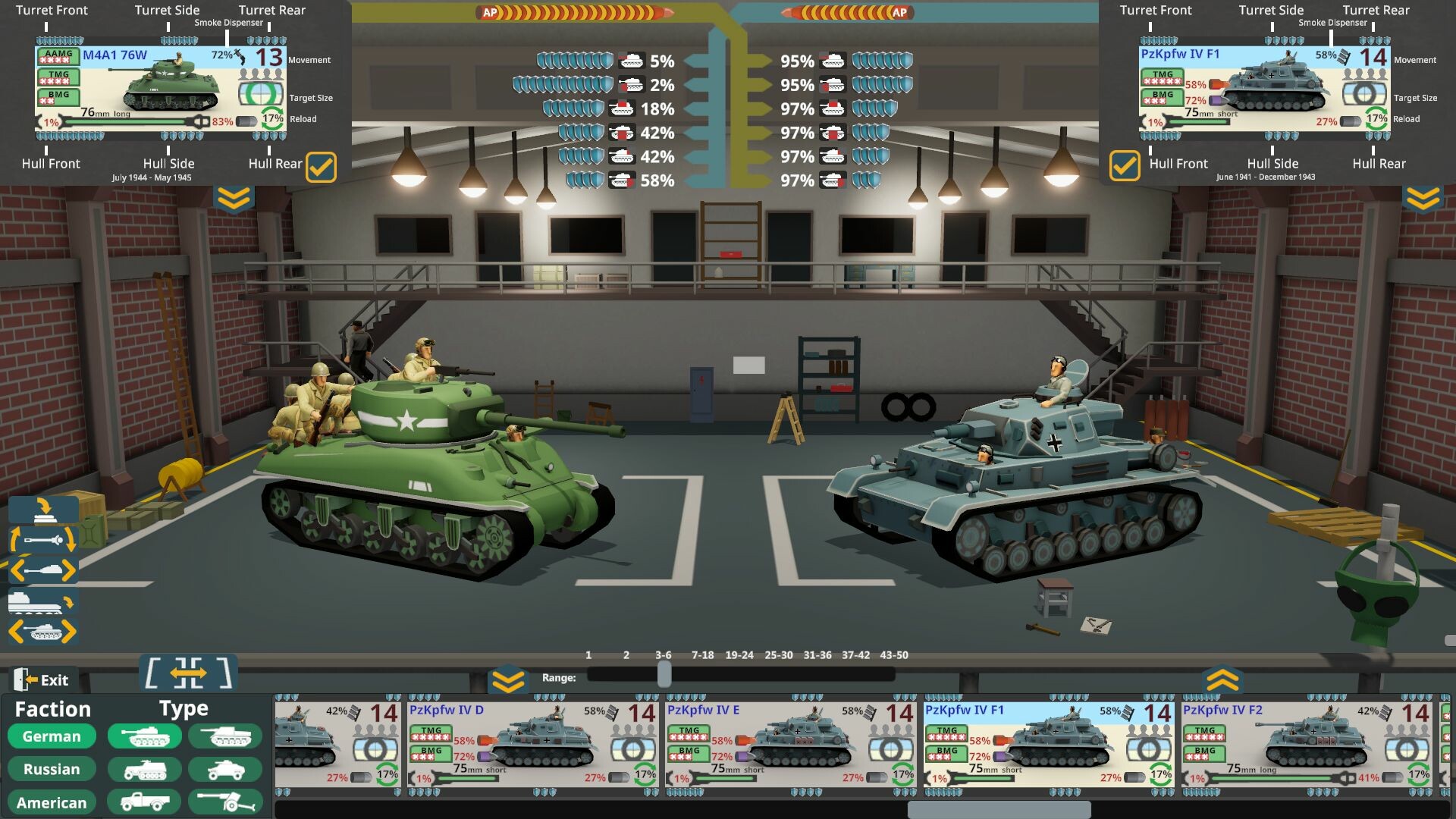
Second Front has three main nationalities you can play, the US, German and Soviet armies and I wonder why the British and Japanese were excluded from the initial release. The game is turn-based where the phasing player moves and/or shoots, then the opponent can fire in defense. The turn continues with an Escape Phase (where broken units run), an Advance Phase, and finally a Melee Phase where close combat is adjudicated. I have a pretty good gaming laptop and the turns still take a while for the PC to chug through all its moves and shots in a large scenario.

The player controls squads, guns, and single vehicles and the inventory of equipment covers a lot of ground. The foot units are made up of multi-man squads that can be armed with all sorts of crew-served machine guns or anti-tank weapons and are rated based on experience. You also have single-man units that represent leaders, snipers, and heroes. Smaller units are dedicated crews for large guns and mortars.

As one can expect morale is the key to the game. When units take fire, they can become pinned, killed, or broken. When a unit breaks, they run for cover in the Escape Phase, and if an unbroken leader is with them, they run with that unit. A bunch of units that break under fire can ruin your well-crafted plans until they rally. Some of the other bad things that can happen in the game are weapons breakages, and in one game the 2cm guns on my recce vehicles kept breaking and I found this a bit unusual and frustrating.

The game’s AI works pretty well, I did not see any wild moves by the PC opponent. However, their choice of shots was unusual in some instances. This brings up something I like about SF, every shot you take gives you a probability of success so you can select the right weapons, ammo, or target to get the effect you want.
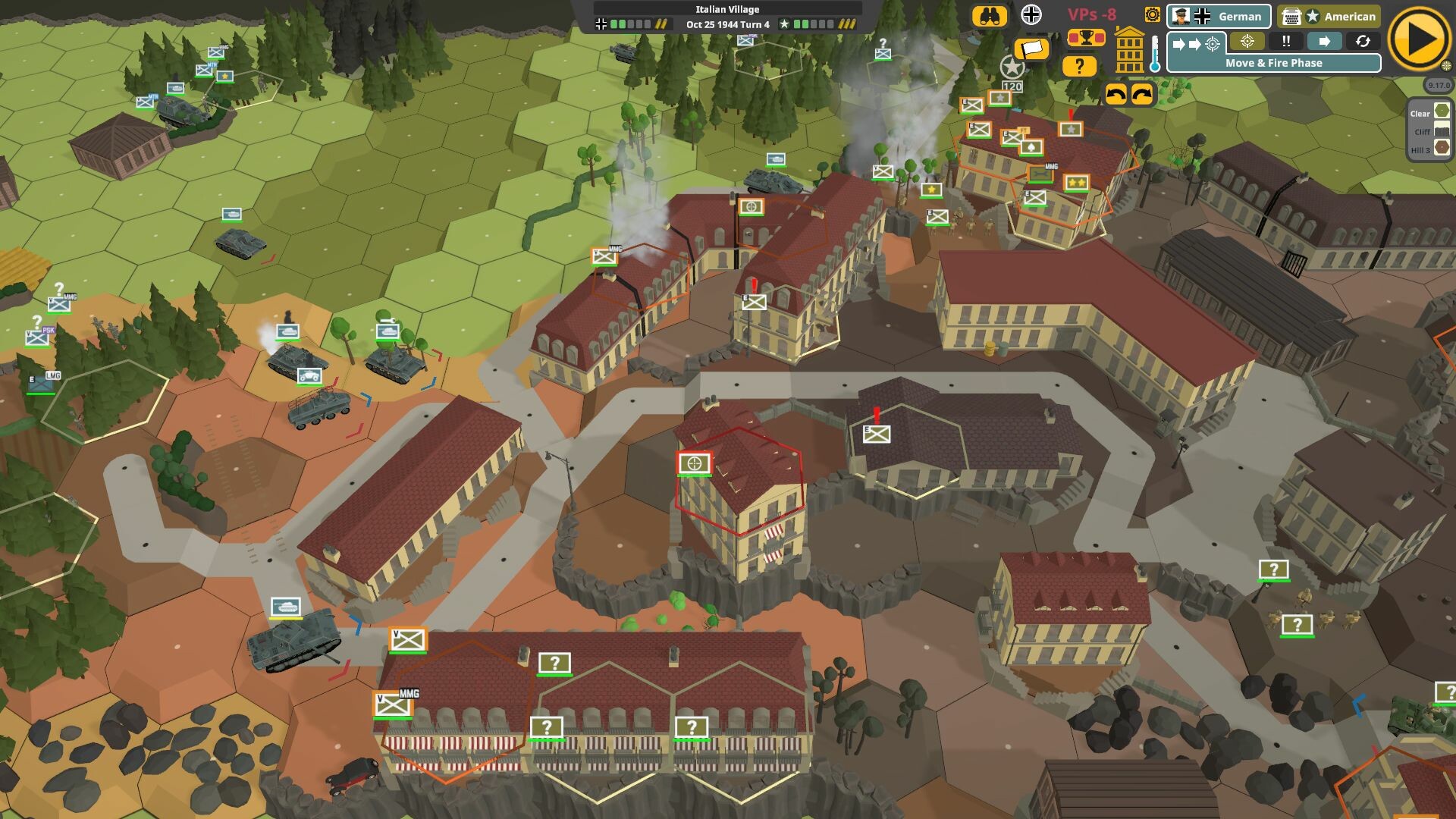
The same for movement, the floating toolbox that appears gives insight into what kind of target you are presenting to the enemy and what cover and concealment are available. After seeing this in the game I wonder how much the developers played the BA series and wanted to include its best practices in SF.
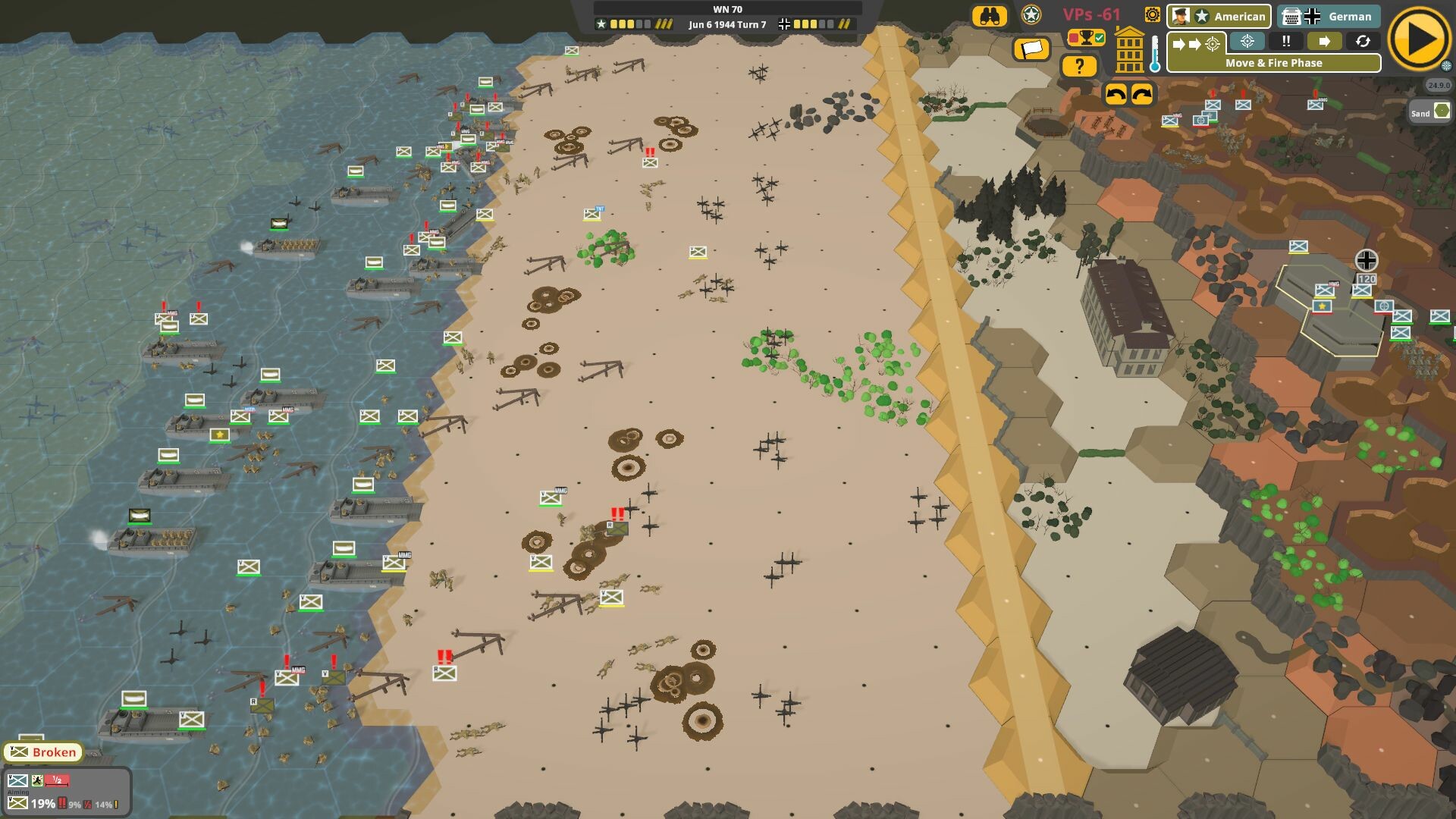
The graphics may turn some gamers off; however, I feel the maps are well done and I love the fact that you have a way to “remove” floors of multi-story buildings to better plan your moves and shots. Once you get over the graphics the game is very sound and deep.
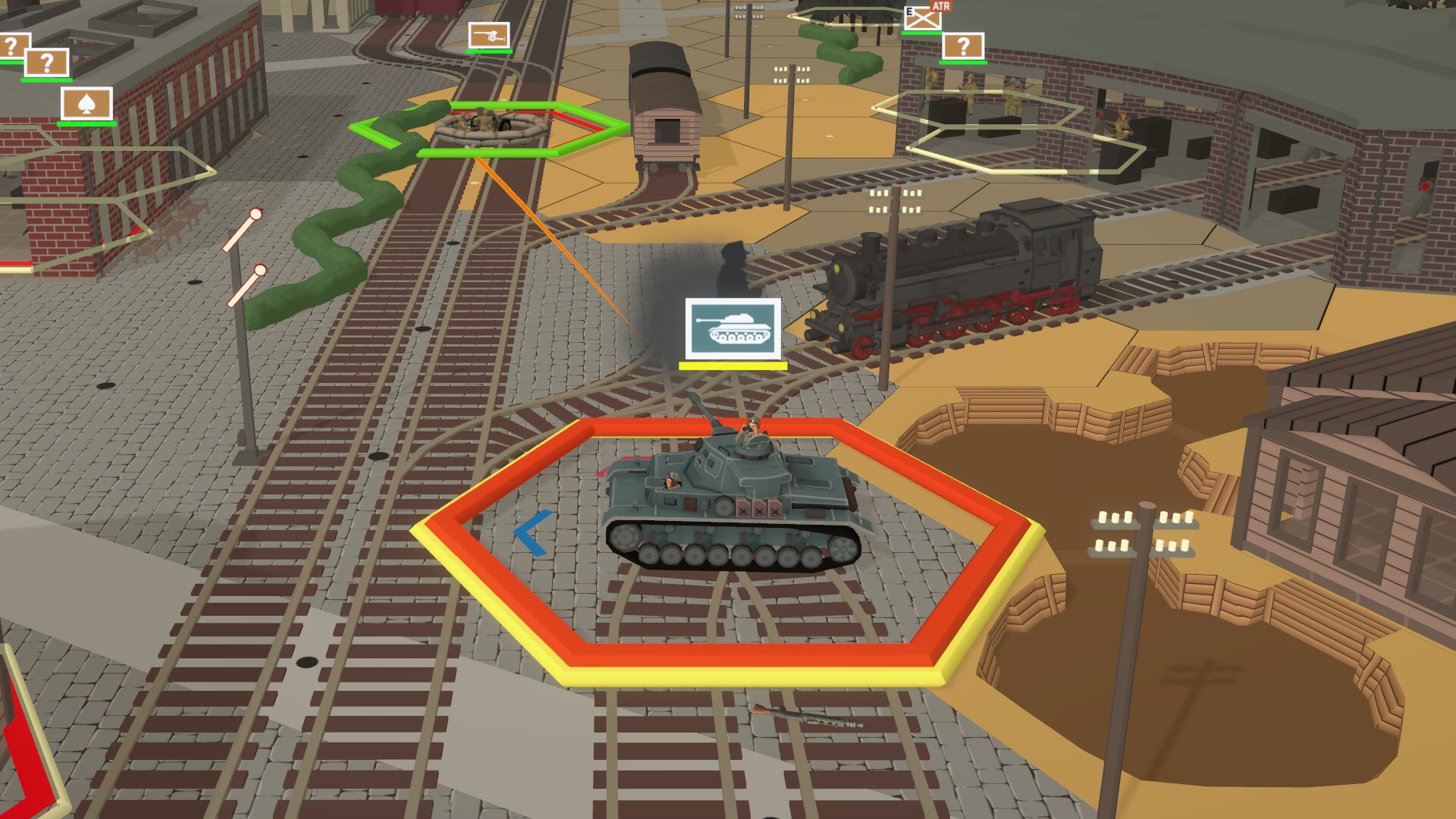
In SF it is best to use a combined arms approach when you have vehicles, and you should use fire and maneuver taking advantage of terrain as much as possible. The game really excels at proving sound tactics can overcome any field problem represented in the game.

The game comes with 48 missions and a campaign mode. You must play through the easier missions to unlock the harder missions in the game. Much like BA the community content keeps the game very fresh and already someone developed a mission based on the movie Kelly’s Heroes and one from the board game Advanced Squad Leader. I think many developers see the value in user-created content and SF is made to leverage this community.

I recommend that you play the tutorials and look over the handbook to get a better experience with the game. The game does a lot of things “under the hood” and once you get the hang of it you will enjoy playing SF.
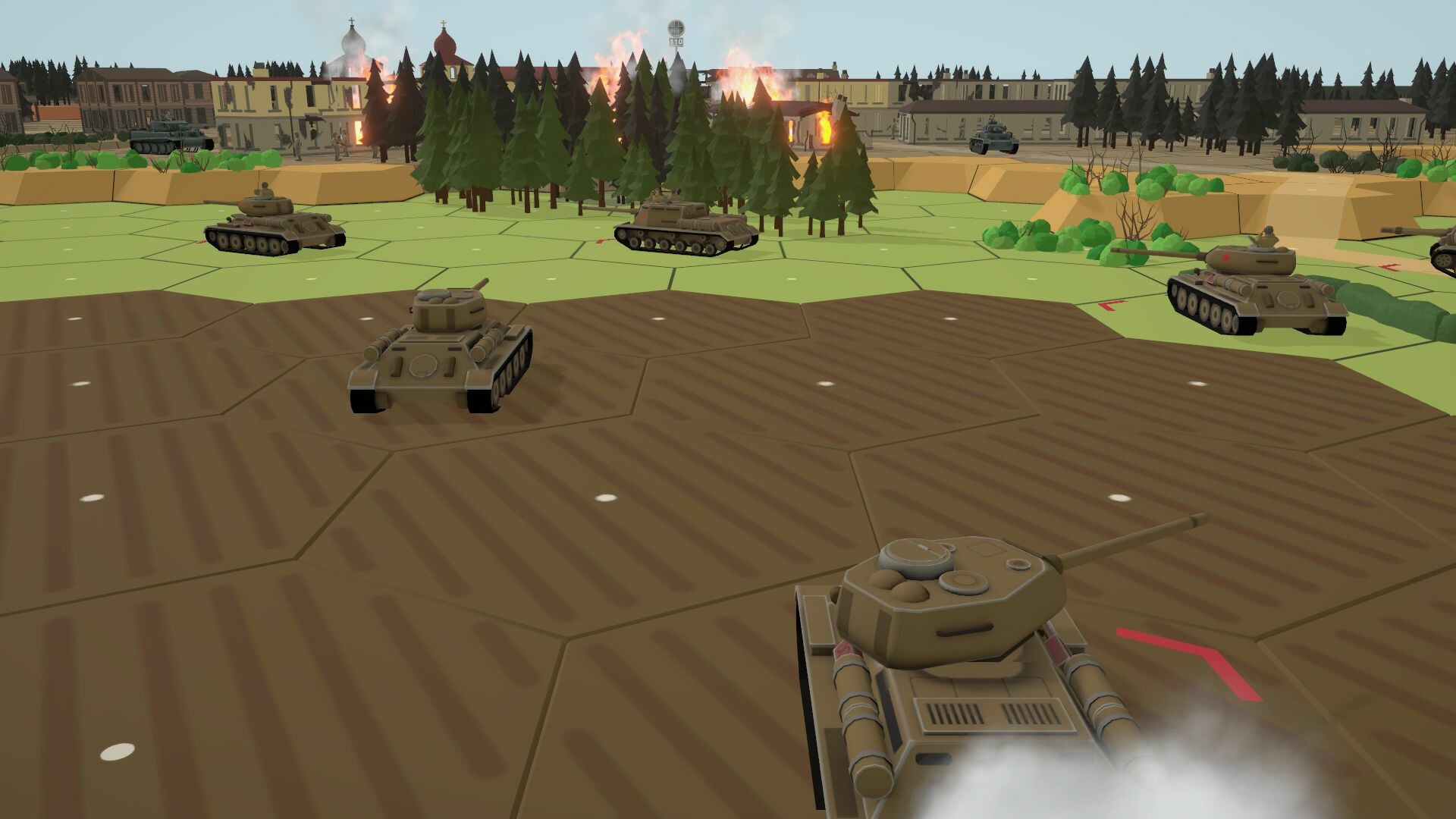
Is the game perfect? No game is, but this is a lot of fun and has kept me interested since its release. Some things such as off-board artillery and air strikes are promised for later versions of the game and the fact that some factions such as the ones mentioned up front are missing should be something the devs think about as the game expands. I think the fact that there is no online play may be something that could hold this game back for many.

I really like Second Front and having played almost 12 hours since its release 48 hours ago should be a sign that the game is one you should pick up. While it is not a deep game like War in the East, it is a sound tactical game that will challenge you and give you hours of fun.
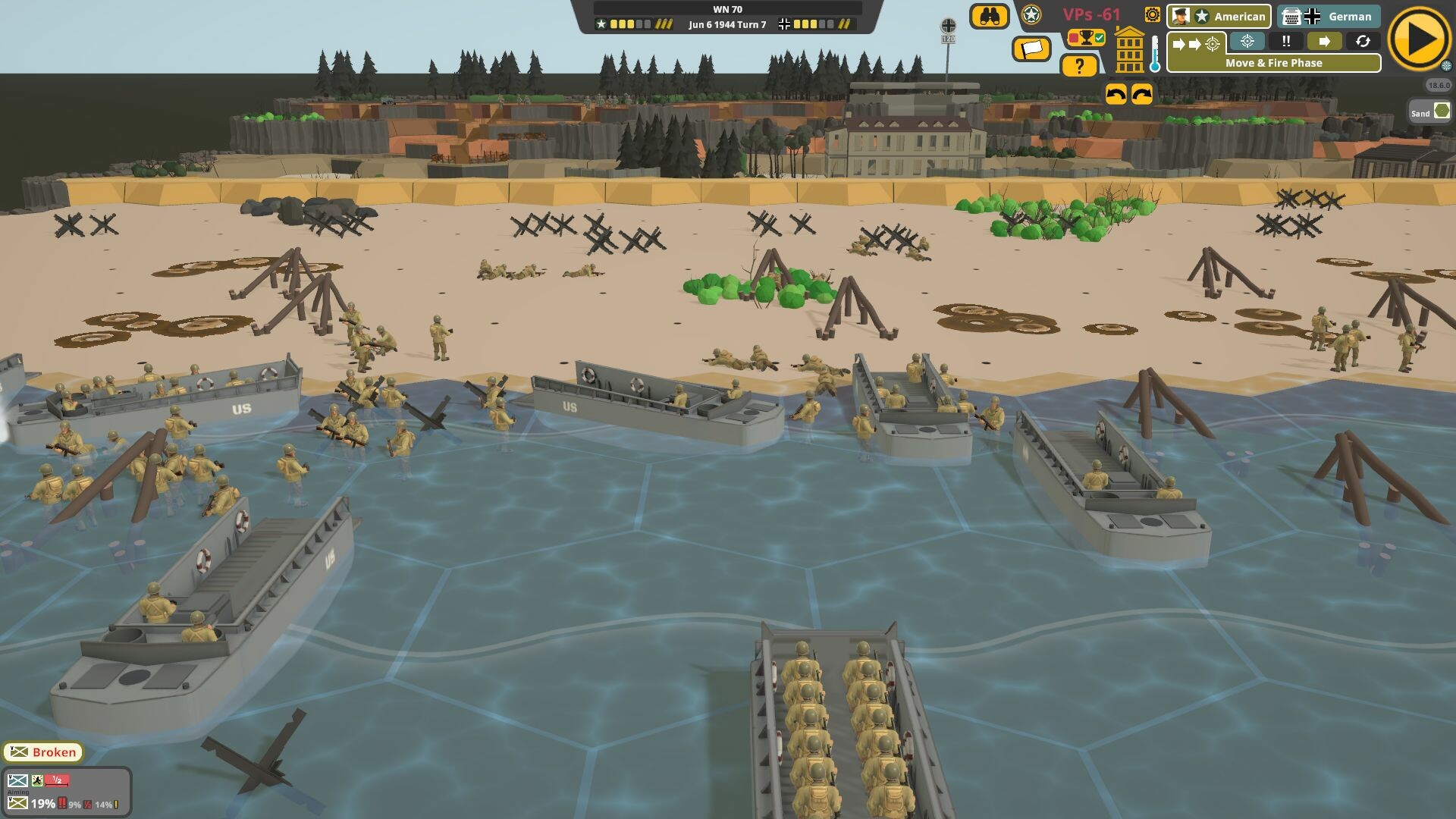

The more I read of Second Front, the more I want to get it! Thanks for the article!
I love it. I have seen a bunch of comments that is is electronic ASL. It really is not.